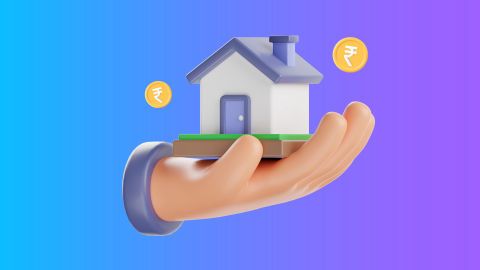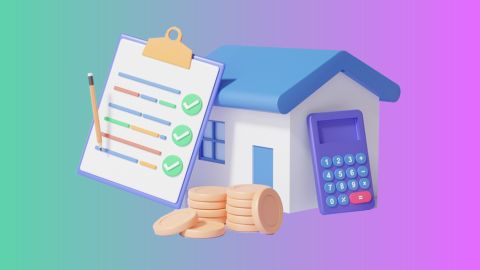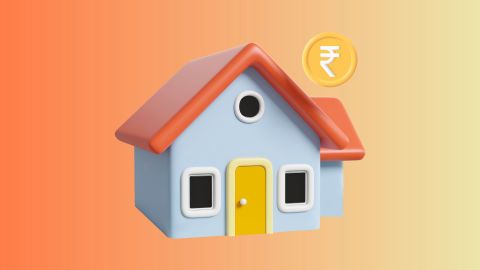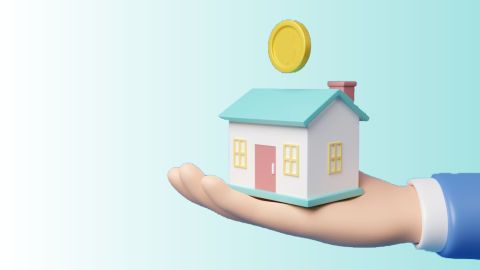Investing in property has always been an attractive option, especially in the UK. One popular route for property investment is through a Buy To Let mortgage. But what is a Buy To Let mortgage, and how does it work? In this article, we will explore the ins and outs of Buy To Let mortgages, including current Buy To Let mortgage rates, and how they can be a beneficial investment strategy. Additionally, we will discuss a smart financial product from Bajaj Finance, Loan Against Property, which can help you unlock the potential of your property investments.
What is a Buy To Let mortgage?
A Buy To Let mortgage is a specific type of mortgage designed for individuals who want to purchase property to rent out rather than live in. This type of mortgage is tailored for landlords and property investors looking to generate rental income. The key difference between a Buy To Let mortgage and a standard residential mortgage is that the latter is for owner-occupied properties, while the former is for investment purposes.
How does a Buy To Let mortgage work?
A Buy To Let mortgage operates similarly to a standard mortgage but with a few key differences. The amount you can borrow is typically based on the potential rental income of the property rather than your personal income. Lenders usually require a higher deposit for Buy To Let mortgages, often around 25% or more of the property's value.
What are the Buy To Let mortgage rates?
Buy To Let mortgage rates can vary significantly depending on various factors, including the lender, the size of the deposit, and the borrower's creditworthiness. Generally, Buy To Let mortgage rates are higher than those for residential mortgages due to the increased risk associated with rental properties.
To get an idea of the rates available, you can use online comparison tools or consult with a mortgage advisor. It is also essential to consider the fees and charges that may apply.
Key features of Buy To Let mortgages
- Higher deposits: Typically, you need to put down a larger deposit, usually around 25-40%.
- Interest rates: Generally higher than residential mortgages.
- Rental income assessment: Lenders assess the potential rental income to determine loan eligibility.
- Tax implications: Different tax rules apply compared to residential properties.
- Regulations: Stricter lending criteria and regulations.
Eligibility criteria for Buy To Let mortgages
To qualify for a Buy To Let mortgage, you generally need to meet certain criteria:
- Minimum age: Usually 21 or over.
- Income: Some lenders require a minimum income threshold.
- Credit score: A good credit history is crucial.
- Deposit: Ability to provide a higher deposit.
- Experience: Previous landlord experience can be beneficial but is not always required.
Types of Buy To Let mortgages
There are several types of Buy To Let mortgages available:
- Fixed-rate mortgages: The interest rate remains fixed for a set period.
- Variable-rate mortgages: Interest rate can fluctuate based on the market.
- Tracker mortgages: The interest rate tracks the Bank of England base rate.
- Discounted variable rates: Offers a discount on the lender's standard variable rate for a certain period.
How much deposit is needed for a Buy To Let mortgage?
The deposit required for a Buy To Let mortgage is usually higher than for a residential mortgage. Most lenders ask for a minimum deposit of 25%, but this can go up to 40% depending on the lender and the specific deal. The size of the deposit can affect the interest rates offered.
Interest rates and repayment options
Interest rates for Buy To Let mortgages are typically higher than for residential mortgages. Repayment options include:
- Interest-only: You pay only the interest each month and repay the capital at the end of the mortgage term.
- Repayment: You pay both the interest and capital each month, reducing the loan amount over time.
Advantages and disadvantages of Buy To Let mortgages
Advantages:
- Potential for rental income.
- Property value appreciation.
- Tax benefits on mortgage interest payments.
Disadvantages:
- Higher interest rates.
- Property maintenance and management costs.
- Risk of rental voids.
How to apply for a Buy To Let mortgage
Applying for a Buy To Let mortgage involves several steps:
- Research: Compare different mortgage deals.
- Consultation: Speak with a mortgage adviser.
- Application: Submit an application with the necessary documents.
- Approval: Wait for the lender's decision.
- Completion: Complete the purchase and mortgage agreement.
Can you rent out your house without a Buy To Let mortgage?
Technically, renting out your house without a Buy To Let mortgage is possible, but it can breach the terms of a standard residential mortgage. If you are planning to rent out your property, it is crucial to inform your lender and switch to a Buy To Let mortgage to avoid any legal issues.
Tax implications of Buy To Let mortgages
Buy To Let mortgages come with specific tax implications. Rental income is subject to income tax, and you can deduct certain expenses such as mortgage interest, property maintenance, and management fees. However, recent tax changes have reduced the amount of mortgage interest that can be deducted. It is advisable to consult with a tax professional to understand your liabilities.
A Buy To Let mortgage is an excellent way to invest in property and generate rental income. Understanding how it works, the rates involved, and the eligibility criteria is crucial for making an informed decision. Additionally, leveraging financial products like Bajaj Finserv Loan Against Property can enhance your investment strategy. For more details on the features of the product by visiting, the official website of Bajaj Finance.
By thoroughly researching and planning, you can make the most of your Buy To Let investment and secure a stable financial future.




